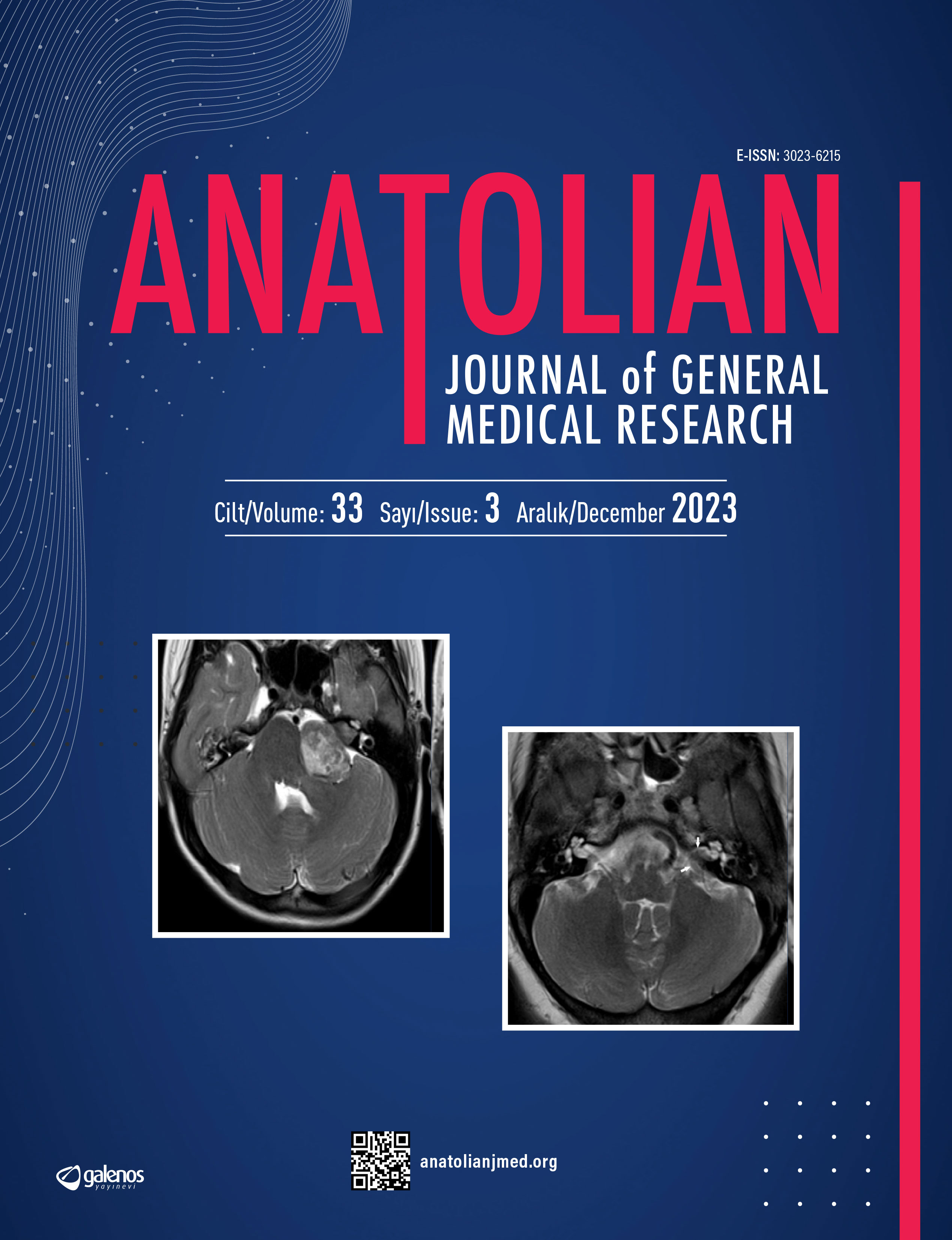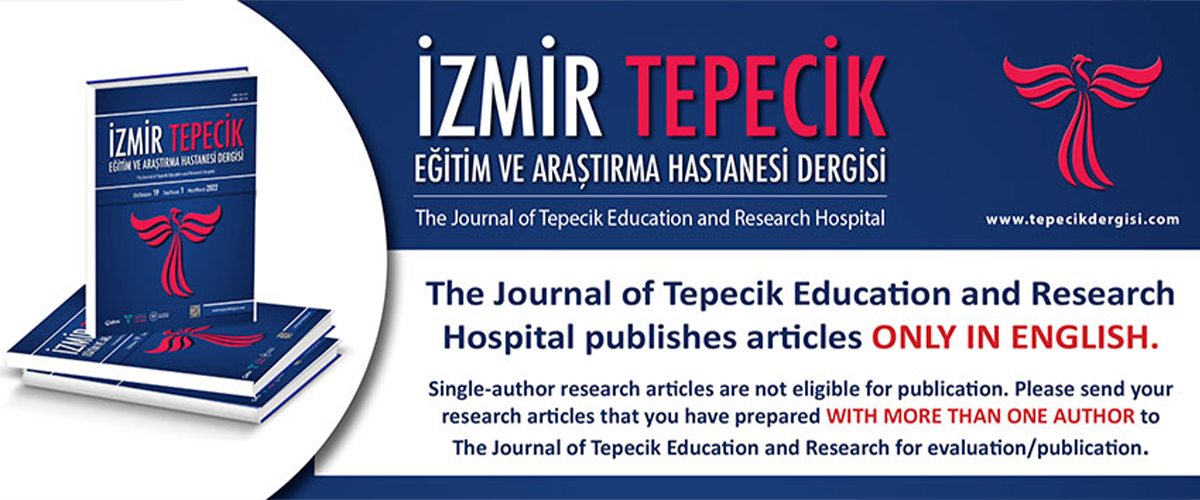








Human Papilloma Virus and Associated Cervical Lesions in Women Co-infected with HIV
Ufuk Sönmez1, Hazal Albayrak Uçak2, Sabri Atalay3, Gürsel Ersan3, Gökhan Tosun31İzmir Bozyaka Education and Research Hospital, Clinic of Infectious Diseases and Clinical Microbiology, İzmir, Turkey2Ankara City Hospital, Clinic of Infectious Diseases and Clinical Microbiology, Ankara, Turkey
3İzmir Tepecik Education and Research Hospital, Clinic of Infectious Diseases and Clinical Microbiology, İzmir, Turkey
Objective: Human papilloma virus (HPV) is one of the most important causes of cervical cancer, which is one of the AIDS-defining clinical conditions. In this study, it was evaluated the incidence of HPV and the cytopathological changes caused by HPV in the cervix, among human immunodeficiency virus (HIV)- positive women.
Methods: This study was conducted on HIV-positive women between 2010-2020. Patients were obtained cervical smear samples for HPV-DNA (PCR Roche- Cobas) analysis. Based on HPV test results, patients having one or both of the HPV 16 or 18 were designated as “HPV 16/18 positive”. Patients with at least one of the other high-risk HPV types were termed as “Other HR HPV-positive.”
Results: Twenty-two female patients were included in this study. Their mean age was 40.8 (range: 19-65) years. HPV subtypes were found as the following: HPV-16 in 1 patient (4.5%), HPV-18 in 3 (13.6%), and other HR-HPV in 9 patients (40.9%). In three individuals, HPV-18 co-existed with other HR HPV. The number of subjects with any type of carcinogenic HPV was 10 (45%). The cytological examination determined the presence of pre-cancerous lesions in five patients (22.7%), including atypical squamous cells of undetermined significance (ASCUS) in three (13.6%), and low grade squamous intraepithelial lesion (LSIL/CIN-1) and high grade squamous intraepithelial lesion (HSIL/CIN2-3) in one. Cervical lesions of all patients have regressed in the follow-up.
Conclusion: HIV-positive women have an increased rate of genital HPV infection and precancerous cervical lesions. Most infections in our study are caused by serotypes other than HPV 16 and 18 and all cervical lesions regressed in follow-up.
Corresponding Author: Ufuk Sönmez, Türkiye
Manuscript Language: English
(398 downloaded)




